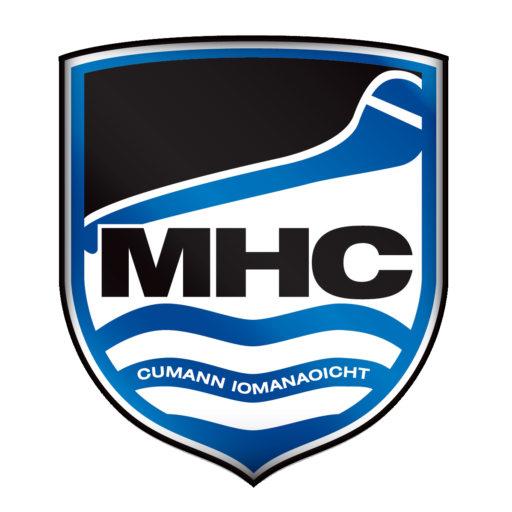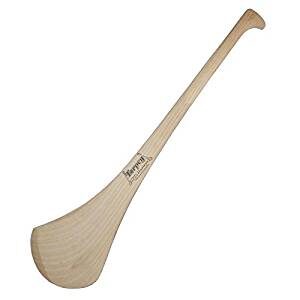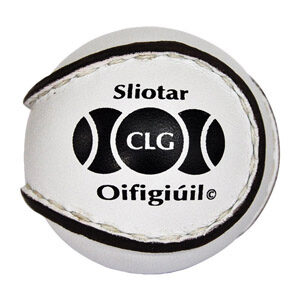Welcome to our Family!
The MHC is a club that educates individuals of all ages about the ancient Irish sport of hurling in an inclusive environment. We foster positive sportsmanship, which benefits our members socially, mentally, and physically. As the largest hurling club in America, the MHC fields co-ed teams and is primarily made up of players who are American-born and not native to the sport.
Please see the sections below covering:
You can click one of the categories above to jump directly to that section
We look forward to seeing you at the pitch!
Important Dates
Board Elections – February:
The Milwaukee Hurling Club holds elections for club officers at the general meeting every February.
Registration – March:
The MHC hosts its annual registration at one of our sponsor locations each year in early March.
All-Club Practice – Thursday/Sunday (pre-season):
The first all-club practice is mid March. Club practice sessions include a variety of drills designed to build skills and endurance and are held on Thursday evenings throughout the season, as well as on Sundays in the pre-season.
Team Selection – April:
At the end of spring training, club captains hold a “draft.” After players are evaluated and ranked based on skill level and experience, they are evenly distributed between teams using a custom computer program.. Once teams are finalized, we celebrate with “Jersey Night” at a rotating sponsor, usually the first Thursday in May.
Opening Day – May:
The 10-week playing season begins in May, generally the weekend before Mother’s Day, and runs through the end of August. Games are on Sundays, with each team playing one game of four 15 minute quarters.
Playoffs – August:
The season culminates with playoff matches and, ultimately, the championship game.
USGAA Finals – September (Labor Day Weekend):
In addition to Sunday Club play, the MHC has a Traveling Team that consists of a select panel of players from the club that compete on a national scale. The MHC Traveling Team plays and hosts development matches/tournaments with other clubs from the Midwest throughout the summer. The season culminates with the USGAA Finals, which rotates its location through a variety of cities annually.
Equipment
Hurling requires three pieces of equipment:
- Hurl(ey) (hurling stick) – Natural wood only
- Sliotar (ball)
- Helmet – Must have face protection
Optional Equipment:
- Gloves (approved only) –
- Shin-guards
Basic Hurling Rules
Game Structure
The MHC plays four 15 minute quarters with a 2 minute water break between each quarter and a 10 minute “half-time” after the second quarter. The first and second halves start with the referee throwing the ball in at the mid-field.
Technical Fouls
The following are the most common “technical” fouls:
- Picking the ball directly off the ground with your hand, instead it must be lifted using the hurl
- Throwing the ball, instead it must be “hand-passed,” i.e. slapped with the open hand
- Carrying more than four steps with the ball in hand or holding it while in place for more than the time that it takes to take 4 steps, instead the ball may be carried indefinitely when balanced or bounced on the hurl
- Catching the ball in your hand two times in a row without it touching the ground or hurl in one possession. You may bounce the ball off of the hurl and back to your hand one time.
- Putting the ball from one hand to the other without using the hurl, i.e. passing the ball to yourself
- Hand-passing into the net for a goal
- “Chopping” slashing downwards on another player’s hurl
A technical foul will result in a free puck for the fouled team which will be placed at the spot of the foul (with some exceptions).
Aggressive Fouls
The following are the most common “aggressive” fouls:
- Strike or to attempt to strike an opponent with arm, elbow, hand, knee, or foot
- Strike or to attempt to strike an opponent with a hurl, with minimal force
- Behave in any way that is dangerous to an opponent
- Pushing/shouldering an opponent in the back or chest. A “tackle” must be shoulder to shoulder.
Aggressive fouls will result in a free puck for the fouled team which will be placed at the spot of the foul (with some exceptions). Aggressive fouls can also result in a book (warning), yellow card (caution), or red card (ejection).
Tackling
There are several forms of acceptable tackling, the most popular being:
- the “block,” where one player attempts to smother an opposing player’s strike by trapping the ball between his hurl and the opponent’s swinging hurl
- the “hook,” where a player approaches another player from a rear angle and attempts to catch the opponent’s hurl with his own at the top of the swing
- the “side pull,” where two players running together for the sliotar will collide at the shoulders and swing together to win the tackle and “pull” (swing the hurl) with extreme force.
Players may be tackled but not struck by a one handed slash of the stick; exceptions are two handed jabs and strikes. Jersey-pulling, wrestling, pushing and tripping are all forbidden.
Refereeing and Judging
Responsibilities
The MHC has been built on the effort of its members, all volunteers. An excellent example of this contribution is game day officiating. Each week your team plays a game, your team will also be scheduled to officiate a game that will be played either before or after your game on that same day. Each team will provide 1 referee (team captain), 1 sideline judge (team volunteer), 2 goal judges (team volunteers) and 1 score keeper (team volunteer). Each club member is expected to officiate a minimum of 2 games per season.
Officiating Basics
- 2 Referees (on field): The referee is responsible for:
- starting and stopping play
- recording the score
- keeping the time
- awarding free pucks
- noting infractions
- issuing penalty cards after offences
- yellow (caution)
- red (ejection)
- A second yellow card during the same game leads to a red card, and therefore to a dismissal.
- 2 Sideline Judges (sideline): Linesmen are responsible for:
- indicating when the ball, not the body of the player, entirely crosses the sideline in the air or on the ground
- indicating where it went out and the direction in which a sideline cut will take place
- 4 Goal Judges (two at each end): The Goal Judges are responsible for judging the scoring. They indicate to the referee whether a shot was:
- Wide
- offensive team strikes the ball wide of the goal or uprights and over the end-line
- spread both arms
- a 65m free puck
- defending team strikes the ball over the end-line
- raise one arm
- stand where the ball crossed the end-line
- a point
- ball crosses the end-line into the goal
- wave white flag
- a goal
- the ball crosses the end-line into the goal
- wave green flag
- Wide
POSITIONS / RESPONSIBILITIES
Player Responsibilities
- Goalkeeper: The role of a goalkeeper is to prevent the ball from entering the goal. The goalkeeper in hurling has the role of pucking the ball out to the outfield players. A good goalkeeper most often has great agility and bravery as well as strength and height.
- Full Back: The full back plays most often around the 20-meter line closest to the goalkeeper and is responsible for keeping the ball away from the goal while closely marking the opposing team’s Full Forward.
- Half Back: The half back operates most often in between the 45-meter line and the midfield. The half back is expected to defend against the opposition’s half forward line but also has a responsibility to make runs from the 45-meter line to advance the play to the half forward and full forward lines.
- Midfielder: The midfield is often described as the most important role on the pitch. If the opposing goalkeeper is pucking the ball to the middle of the field, the midfielder has the responsibility to retrieve the ball and prevent the opposing team from taking advantage and bringing the ball forward, which then gives a new responsibility to the midfielder to get the ball moving forward to the half forward and full forward lines.
- Half Forward: The half forward covers a lot of ground, and using a speedy half forward to run at defenses is a common tactic. the half forward operates from the midfield to the opposition’s 45-meter line. The right half forward’s main opposing player is the left half back and vice versa.
- Full Forward: The full forward line operates around the opposition’s 21-meter line. The full forward is generally marked by the full back. It is common for teams to employ a tall full forward to pluck high balls from the sky and to challenge the size and strength of the full back
In the MHC teams consist of 13 or 15 players: 1 goalkeeper, 2-3 full backs, 3 half backs, 2 midfielders, 3 half forwards and 2-3 full forwards (see diagram). Each team is made up of 18–20 players.





